Waco's lessons, 30 years later
What I learned while and after dodging bullets during David Koresh's gunfight with the ATF 30 years ago. (Thank goodness for that ditch!)
Adapted from something I wrote on the 25th anniversary of Waco in 2018, and expanded for the 30th anniversary in 2023.
A new book and Netflix docuseries, and rekindled vivid memories of the most frightening 2 ½ hours of my journalism career, and my life, have me again, thinking a lot about Waco. Which is OK, because the lessons I learned, about the role of journalism in our democracy, the danger of military-style weapons in the hands of civilians, how we should always be at least a little wary about the government and the occasionally life-and-death importance of good teamwork, are probably more relevant than ever 30 years later.
So what was “Waco” other than a mid-sized town in the Central Texas Bible Belt?
Thirty years ago, in February 1993, I was a 25-year-old reporter for the Waco Tribune-Herald, when one of my colleagues received a big tip: the U.S. Bureau of Alcohol, Tobacco and Firearms, or ATF, was about to serve search and arrest warrants on David Koresh and his Branch Davidian followers at their Mount Carmel compound a few miles outside of town.
The Branch Davidians, an offshoot of the Seventh-Day Adventist church, had been in Waco for decades. They were considered an odd bunch, maybe even a “cult,” but for most of that time had caused little worry in town. However, that had changed in recent years.
The tip about the impending raid came just before the newspaper started publishing “The Sinful Messiah,” an investigative series by two of my colleagues about Koresh, who claimed to be “the lamb of God” who could unseal the Biblical secrets of how the world would end. The series detailed allegations of child abuse, including the rape and impregnation by Koresh of underage girls; and that he and his followers had assembled a large cache of illegal machine guns and other weapons, drawing the attention of the ATF. There had also been rumors that Koresh and the Branch Davidians were planning a mass suicide. (You can read the series for free here.)
On Friday, Feb. 26 — coincidentally, the date of a deadly bombing in New York that nearly took down the World Trade Center — my editor assigned me to be part of the team that would be covering the expected ATF raid, which he said would go down on Monday, March 1.
On Saturday, however, my editor revised the assignment: The tipster now said the raid would happen the next day, Sunday, Feb. 28, a day after Part 1 of the series was published.
Author Jeff Guinn details what happened that morning in the Tribune-Herald newsroom, in his recently published book, “Waco: David Koresh, the Branch Davidians and a Legacy of Rage”:
A few learned for the first time that they’d be covering the raid on the Branch Davidians. They were broken into groups to ride to the Mount Carmel area. Tommy Witherspoon and fellow reporter Marc Masferrer were teamed with photographer Rod Aydelotte. Masferrer was relatively new to the newspaper’s staff; Witherspoon and Aydelotte were old hands. The editors made location assignments, and the Witherspoon-Masferrer-Aydelotte team got a prime one, directly across Double Ee Ranch Road from the compound.
(The book is a great read, detailing the history of the Branch Davidians, the rise of Koresh, the government’s investigation of what they were doing at Mount Carmel, how the Branch Davidians were tipped off to the impending ATF raid, the ensuing shootout and standoff and its fiery climax. The author also places the standoff in the context of other events — before and after Waco, and leading up to Jan. 6, 2021 — that have inspired citizens, sometimes fueled by conspiracy theories, to take out their rage on the government.)
When we arrived at Mount Carmel, all seemed calm — too calm, maybe, except for the cold drizzle falling on the neighborhood’s desolate ranch land. We pulled into the driveway of small house across the road, thinking it would be a safe spot from which to watch whatever happened when the ATF showed up. Tommy got out of the car to see if anyone was home, and almost immediately he was met by a man — who we later learned was an undercover ATF agent — who cursed at us and demanded we leave.
As we pulled back onto Double Ee Ranch Road, we saw behind us two pickup trucks hauling covered cattle trailers up a winding driveway to Mount Carmel’s front door, about 200 yards from us. Rod stopped his car, and we got out to watch. So did two other of our colleagues, Mark England and Douglas Doe, who were in a company car right behind us.
The quiet of that Sunday morning was immediately broken as some 75 clad-for-battle ATF agents, unaware that the Branch Davidians were expecting them, started pouring out of the trailers. The agents were met with barrage of gunfire and seconds later, I saw splashes in a pond between us and the compound and heard bullets whizzing and popping over our heads.
Someone, probably the Branch Davidians, was shooting at us!
Acting solely on instinct — none of us had any military experience or much knowledge of guns — the five of us scurried behind the cars and into a shallow ditch on the opposite side of the road from the compound. Bullets continued to be fired in our direction for the next 45 minutes or so, with some rounds striking the cars near where we had been standing moments earlier.
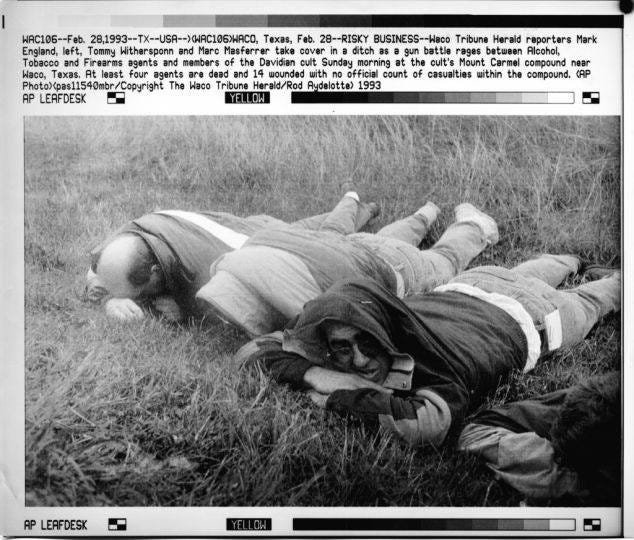
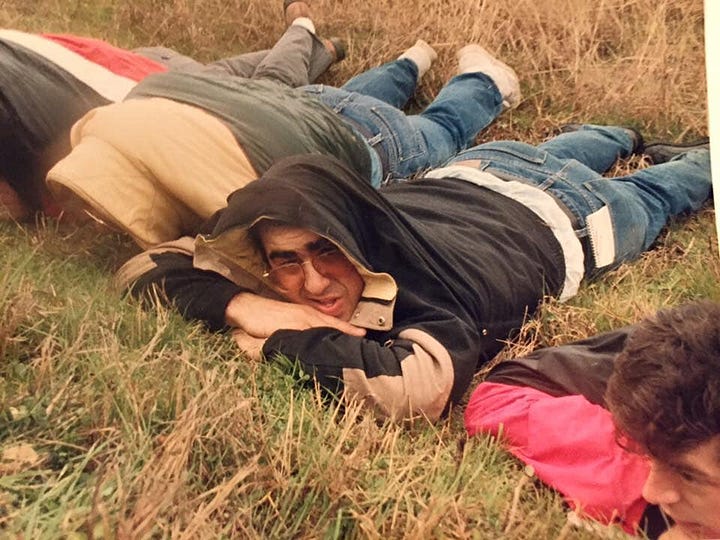
As we laid in the ditch and used our jackets as cover against the rain, I remember thinking there likely were a lot of people being killed or hurt in the gun battle we were hearing. In addition to the gunfire we heard from Mount Carmel, there also was booming sniper fire from the house where we had just been. (We later learned that four ATF agents had been killed and 16 were injured. Six Branch Davidians had been killed and several, including Koresh, were wounded.)
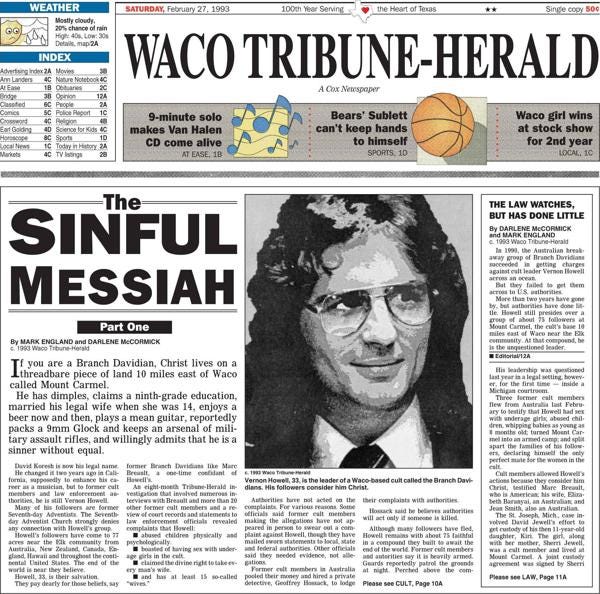
We were too afraid to move, sure that to try to run or drive to safety would only draw more gunfire. But our instincts as journalists did kick into gear. Tommy struggled to figure out how to use the recently acquired cell phone he was carrying so he could notify others at the paper that all things considered, we were OK. Rod crept to the top of the ditch with his cameras to see what he could shoot before someone resumed shooting at him. And I turned a mini-cassette recorder to record the sounds of gunfire — and our reactions to it. (This was way before Twitter.)
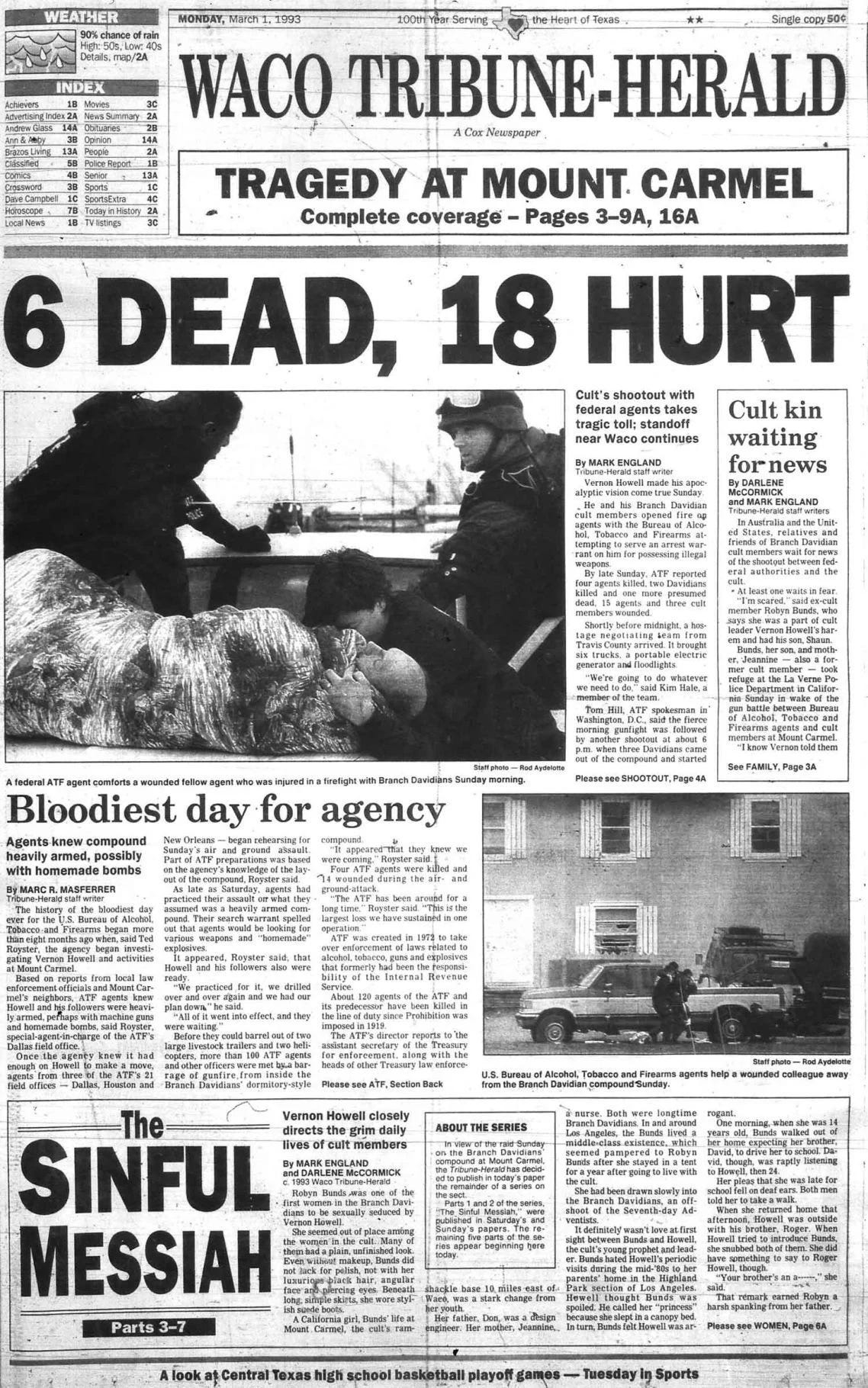
A Tribune-Herald story on the 25th anniversary of the raid and ensuing standoff about how the paper covered the Branch Davidian saga discusses the recording, including a reference to a “hyperventilating” reporter who can be heard say, “Oh God. Oh God. Oh God.”
The reporter would be me.
I have never felt any shame about how I responded. I was scared to death, we all were. But I am forever convinced that the comfort support we gave each other that morning — as well as the several Hail, Marys I recited — are why after 2 ½ hours, after the ATF and Koresh had agreed to a ceasefire, we emerged from the ditch, shaken but untouched by the gunfire, and ready to resume our coverage of the story — a story that lasted for the next 51 days, until the FBI on April 19 launched its tank-and-tear-gas assault on the compound and someone started the fire that killed most of the dozens of Branch Davidians still inside, and beyond.
Covering a story like this the way your readers deserve it to be covered, especially at a smaller paper like the Waco Tribune-Herald, takes extraordinary teamwork among reporters, editors, photographers, copy editors graphic artists, designers and others. (A member of our team was a copy editor named Marie Messer who 10 days after the shootout agreed to a first date with me. We married five years later.)
Despite the criticism and other pressures we were under, the way an already tight-knit crew grew even closer during the standoff, starting that morning in the ditch, was key to the success of the Tribune-Herald’s coverage.
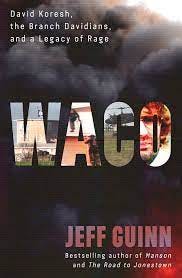
I have never regretted being at Mount Carmel that morning. No regret despite almost dying. (I am glad there is no way of knowing exactly how close we came to getting killed. Guinn’s book made me realize it might have been pretty damn close.)
No regret despite knowing my parents were worried about what kind of trouble I might be in.
No regret despite the rumors, some of them spread by other journalists, that we had somehow tipped off the Branch Davidians to the impending raid or otherwise caused the disaster.
No regret despite the lawsuit filed by ATF agents and their families and other legal proceedings we had to endure.
No regrets at all because all we were doing was our jobs.
No story is worth dying for but I am glad we were at Mount Carmel to witness what happened. As journalists, those us from the Tribune-Herald and two others from a local TV station, who were a lot closer than us in the ditch to the shootout, were the only third-party witnesses to what had happened. We can only imagine, thankfully, what tales the government and the Branch Davidians might have tried to spin if we had not been there.
Considering the lies subsequently told by top ATF officials about why they proceeded with the raid after some commanders learned that Koresh knew they were coming, and the ramblings and delusions offered by Koresh during his negotiations with the FBI during the 51-day standoff, what we saw and what we reported highlight the important role journalists play in holding those in power accountable for their actions and perhaps providing answers about controversial events.
For example, who shot first?
In the 1994 federal murder trial of several surviving Branch Davidians, I testified that it was my opinion, based on what I saw and heard before we jumped into the ditch, that the first shots came from inside Mount Carmel. I have never claimed to be absolutely sure of that but I do think my account is more reliable than anything offered by ATF agents or Branch Davidians about what happened on that fateful morning 30 years ago. The jury, which acquitted the Branch Davidians of the murder charges in favor of less severe charges, apparently was not convinced by my testimony, and the rest of the prosecution’s case, but that’s OK.
Journalists cover stories. The best of them don’t want to become the story. That happened, to an extent, in Waco. We all gave interviews about what we had witnessed, to the point that it probably became a distraction. It would have been better if we could have stayed behind our bylines but 30 years later, I’ve concluded that it was a small price to pay for what we were able to accomplish in the best traditions of journalism: We witnessed events. We told what we saw. And when those in power tried to lie about it, we held them to account.
As a reporter and editor, I covered several big stories, including the Columbine High School shootings in 1999 and the space shuttle Columbia disaster in 2003. Those stories were also career-defining but none so like Waco.
Setting aside the fact it almost got me killed, Waco taught me at an early moment in my career the importance of journalists getting to the truth when so much is uncertain and when those we thought we could trust lie to us, and the public service role that requires telling those stories. It’s a lesson I had many chances to apply over the next almost 30 years and wish more journalists today would commit themselves to following.
I am proud of what we did in Waco, especially after we climbed out of the ditch, and despite the price it almost commanded of us, I am glad we were there.
Marc R. Masferrer was a reporter and editor at the Waco Tribune-Herald from 1991 to 1998. A former newspaper and digital editor in Bradenton for more than 16 years, he was recently named a first place winner for commentary writing in the Florida Press Club’s 2022 Excellence in Journalism Competition for work published in The Bradenton Journal. You can reach him at Marc.R.Masferrer@gmail.com and follow him on Twitter @mrmasferrer. You can also like The Bradenton Journal on Facebook.





Great story Mark! You are an excellent journalist.
Thank you for sharing your frontline experience and am
Happy you lived to tell the tales.